What is a Headless CMS?
A headless CMS is a backend-only content management system that provides content via APIs for display on any device or channel. Unlike traditional CMS platforms that combine content creation and presentation, headless CMS separates these layers.
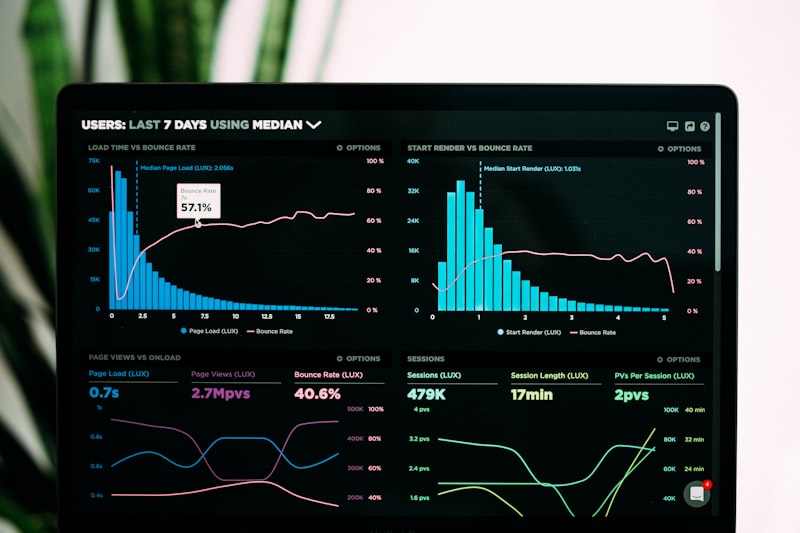
Key Benefits of Headless CMS
Omnichannel Delivery
Serve content to websites, apps, IoT devices, and digital displays from one source.
Enhanced Security
Reduced attack surface with no public-facing admin interface.
Better Performance
Faster websites with modern JAMstack architecture.
Developer Freedom
Use any frontend framework without CMS constraints.
Headless vs Traditional vs Hybrid CMS
| Feature | Traditional CMS | Headless CMS | Hybrid CMS |
|---|---|---|---|
| Frontend Flexibility | Limited (theme-based) | Complete freedom | Optional flexibility |
| Content Delivery | Web only | Any channel via API | Both web and API |
| Performance | Slower (server-side) | Faster (static/CDN) | Depends on setup |
| Examples | WordPress, Drupal | Contentful, Strapi | Sitecore, Magnolia |
Top 8 Headless CMS Platforms
Here are the leading headless CMS solutions in 2025, each with unique strengths for different use cases.
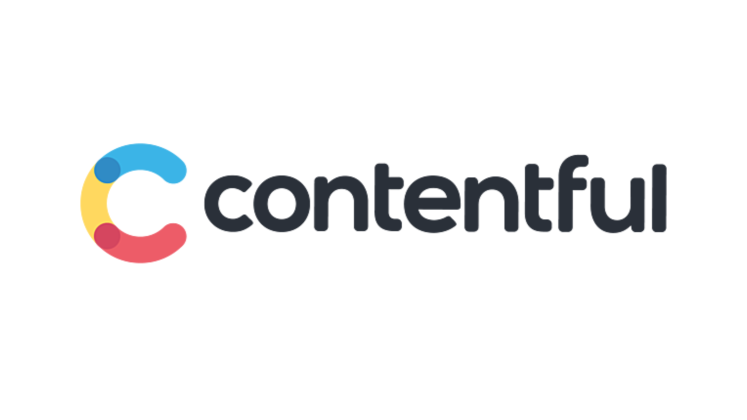
Contentful
Enterprise-grade SaaS solution with powerful content modeling.
Strapi
Leading open-source option with self-hosting flexibility.
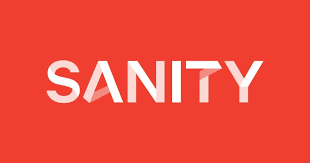
Sanity
Real-time structured content platform with custom studio.
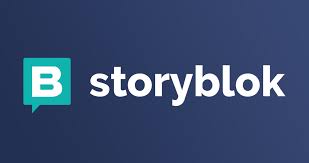
Storyblok
Visual editor with headless architecture for marketers.

Prismic
Developer-friendly with slices-based content modeling.
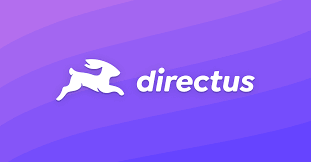
Directus
Open-source data platform that turns SQL into APIs.
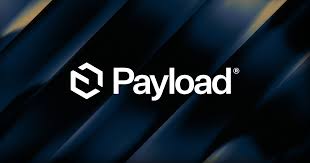
Payload CMS
TypeScript-based with excellent developer experience.
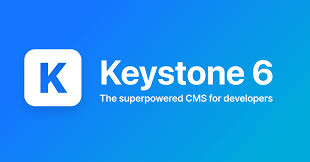
KeystoneJS
Node.js CMS with GraphQL API and Admin UI.
Headless CMS Platform Comparison
Detailed comparison of the top 8 headless CMS platforms across key criteria.
| Platform | Type | Content Modeling | Localization | Media Handling |
|---|---|---|---|---|
| Contentful | SaaS | Advanced | Excellent | Built-in CDN |
| Strapi | Open-source | Flexible | Good | Plugins available |
| Sanity | Hybrid | Custom schemas | Excellent | Powerful |
| Storyblok | SaaS | Visual blocks | Good | Built-in |
| Prismic | SaaS | Slices | Good | Built-in |
| Directus | Open-source | Database-first | Basic | Extensions |
| Payload CMS | Open-source | TypeScript | Good | Flexible |
| KeystoneJS | Open-source | GraphQL-first | Basic | Basic |
| Platform | Free Tier | Entry Plan | Mid Plan | Enterprise |
|---|---|---|---|---|
| Contentful | Limited | $300/month | Custom | Custom |
| Strapi | Full features | $9/user/month | $29/user/month | Custom |
| Sanity | Generous | Pay-as-you-go | Pay-as-you-go | Custom |
| Storyblok | Limited | $90/month | $350/month | Custom |
| Prismic | Generous | $15/month | $80/month | Custom |
| Directus | Full features | $25/month | $100/month | Custom |
| Payload CMS | Full features | $29/month | $99/month | Custom |
| KeystoneJS | Full features | Free | Free | Custom |
| Platform | REST API | GraphQL | Webhooks | SDKs |
|---|---|---|---|---|
| Contentful | Yes | Yes | Yes | Multiple |
| Strapi | Yes | Plugin | Yes | JavaScript |
| Sanity | Custom | Yes | Yes | Multiple |
| Storyblok | Yes | Yes | Yes | Multiple |
| Prismic | Yes | No | Yes | Multiple |
| Directus | Yes | Yes | Yes | JavaScript |
| Payload CMS | Yes | No | Yes | TypeScript |
| KeystoneJS | No | Yes | Yes | JavaScript |
| Platform | Best For | Strengths | Learning Curve |
|---|---|---|---|
| Contentful | Enterprises | Scalability, ecosystem | Moderate |
| Strapi | Developers | Flexibility, open-source | Moderate |
| Sanity | Structured content | Real-time, custom studio | Steep |
| Storyblok | Marketers | Visual editor, blocks | Easy |
| Prismic | Small businesses | Simplicity, slices | Easy |
| Directus | Database apps | SQL database access | Moderate |
| Payload CMS | TypeScript devs | Developer experience | Moderate |
| KeystoneJS | GraphQL apps | GraphQL-first | Steep |
Headless CMS Use Cases
Headless CMS solutions excel in these common scenarios:
Multi-channel Content Delivery
Serve content to websites, mobile apps, digital signage, kiosks, and IoT devices from a single source. Example: A retail brand using one CMS for e-commerce site, mobile app, and in-store displays.
JAMstack Websites
Modern static site generators like Next.js, Gatsby, and Nuxt.js pair perfectly with headless CMS backends for fast, secure websites with great developer experience.
E-commerce Content
Manage product content, marketing materials, and editorial content separately from your e-commerce platform while maintaining seamless integration.
Enterprise Content Hubs
Large organizations can centralize content management while allowing different departments and teams to consume content through APIs as needed.
Multi-language Sites
Many headless CMS platforms offer robust localization features for managing content in multiple languages with workflow controls.
Composable Architectures
Headless CMS serves as the content component in modern "composable" tech stacks where you combine best-of-breed solutions.
How to Choose a Headless CMS
Follow this decision framework to select the right headless CMS for your needs:
1. Assess Your Requirements
- Number of content editors and their technical level
- Content types and relationships needed
- Localization and multi-language requirements
- Integration needs with other systems
- Performance and scalability expectations
2. Evaluate Technical Fit
- Developer skills and preferred tech stack
- Need for REST vs. GraphQL APIs
- Customization requirements
- Hosting preferences (cloud vs. self-hosted)
- DevOps capabilities for self-hosted options
3. Consider Budget
- Upfront implementation costs
- Ongoing licensing or subscription fees
- Hosting and infrastructure costs
- Development and maintenance resources
- Total cost of ownership over 3-5 years
4. Platform Recommendations
- Enterprise: Contentful, Sanity
- Developers: Strapi, Payload CMS
- Marketers: Storyblok, Prismic
- Database apps: Directus
- GraphQL apps: KeystoneJS
Pro Tip: Most platforms offer free tiers or trials. Create test projects in 2-3 top candidates to evaluate the editor experience and developer workflow before committing.
Headless CMS FAQs
When should I not use a headless CMS?
Headless CMS might be overkill for simple blogs or small websites where a traditional CMS like WordPress would be easier to set up and maintain. Also consider hybrid CMS options if you need some frontend templates but want API flexibility.
Is headless CMS more expensive?
While some SaaS headless CMS platforms have higher entry costs than traditional CMS, open-source options can be very cost-effective. Consider total cost including development, hosting, and maintenance when comparing solutions.
How do content editors preview changes?
Most headless CMS platforms offer preview functionality through either: 1) Integration with your frontend preview environment, 2) Built-in preview servers, or 3) Visual editing interfaces that show approximate representations.
Can I migrate from traditional to headless CMS?
Yes, many organizations successfully migrate. The process involves: 1) Content modeling in the new system, 2) Content export/import (often requiring transformation), 3) Frontend rebuild, and 4) Training for content editors.